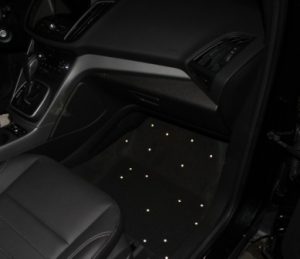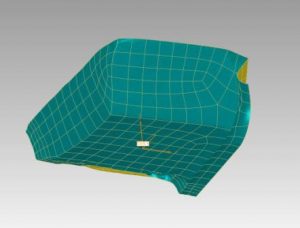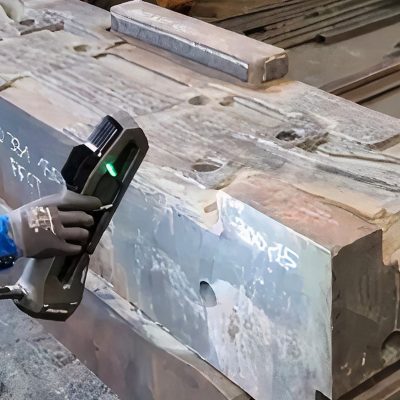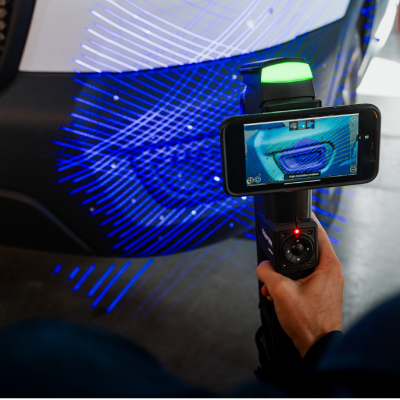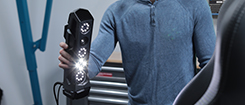April 15, 2024
Use of 3D scanner increases efficiency and reduces labor and material costs See the articleI’m a rookie application specialist at Creaform, and my 1st mandate was to carry out a project for a company specializing in the manufacturing of automotive accessories. The company requested our services to scan the interior of certain vehicles, the floor to be more specific. The goal of the project was to create custom-made floor mats for each vehicle. We 1st scanned the car floor, then reversed engineered it.
To execute this project, I used the Go!SCAN 3D portable scanner, a technology that Creaform launched in October of 2012. I thought this scanner was excellent for someone like me, who did not have a lot of experience working with such devices. With its “point-and-shoot” feature and software guidance throughout the process, it was really easy and fun to use, not to mention very quick at acquiring measurement data.
We had an extensive list of cars to scan, and we were competing against another company doing the work simultaneously. So, our goal was to scan as many vehicles as possible, as quickly as possible. Logistics were an important part of the project, since we had to find the cars before scanning them. Most of the vehicles we worked with were rented, we also had to pay a few visits to some dealerships in or around Quebec City.
Scanning the car floors with the Go!SCAN 3D was very simple, and prepping them even easier – I only had to place a few positioning targets here and there. After calibrating and configuring the scanner, I was good to go!
The temperature was one the biggest challenges that I faced during this project, because it was done in December and January, right in the middle of the very harsh – and cold – Quebec winter! We had to scan the cars outside, because there was no way to bring them indoors. Sometimes, the temperature went as low as -10° C (14° F)! This was a good test, both for the scanner and for myself – I come from Brazil, and I’m definitely not used to such polar temperatures! But more seriously, the scanner remained stable and calibrated during the whole process, and did not show any sign of failure because of the cold.
A few months after completing the project, the company contacted us again to scan additional vehicles. This time the list was much shorter, but this 2nd assignment meant that we did a good job the 1st time around. All in all, I scanned 30 or so cars, and I hope to do more in the future.
I had a lot of fun working on this project, and it was a great learning opportunity for me. I was able to better understand the operating mode of a portable 3D scanner such as the Go!SCAN 3D and the applications possibilities offered by this technology in the automotive industry, for sure, but also in other markets like aerospace, heritage preservation, arts and architecture, computer graphics and virtual reality!

